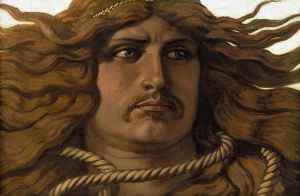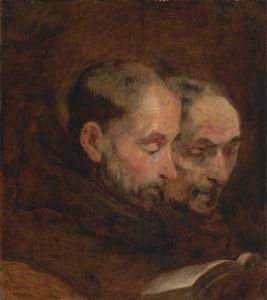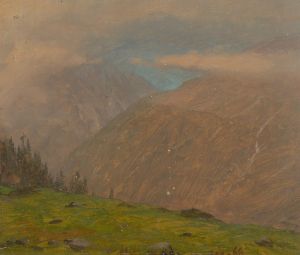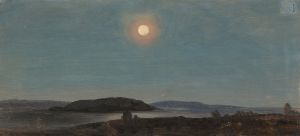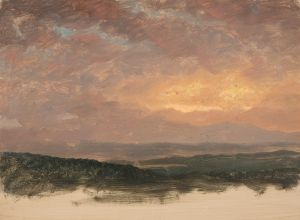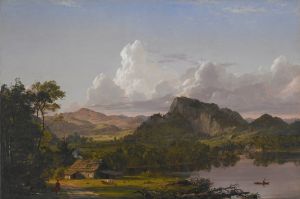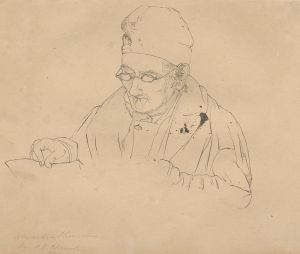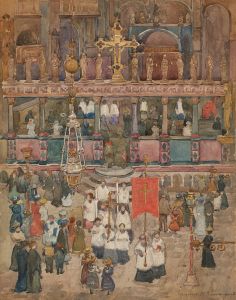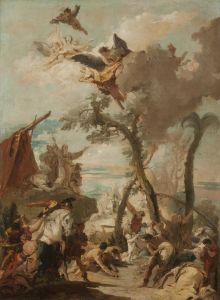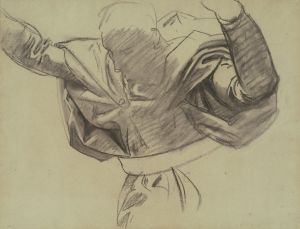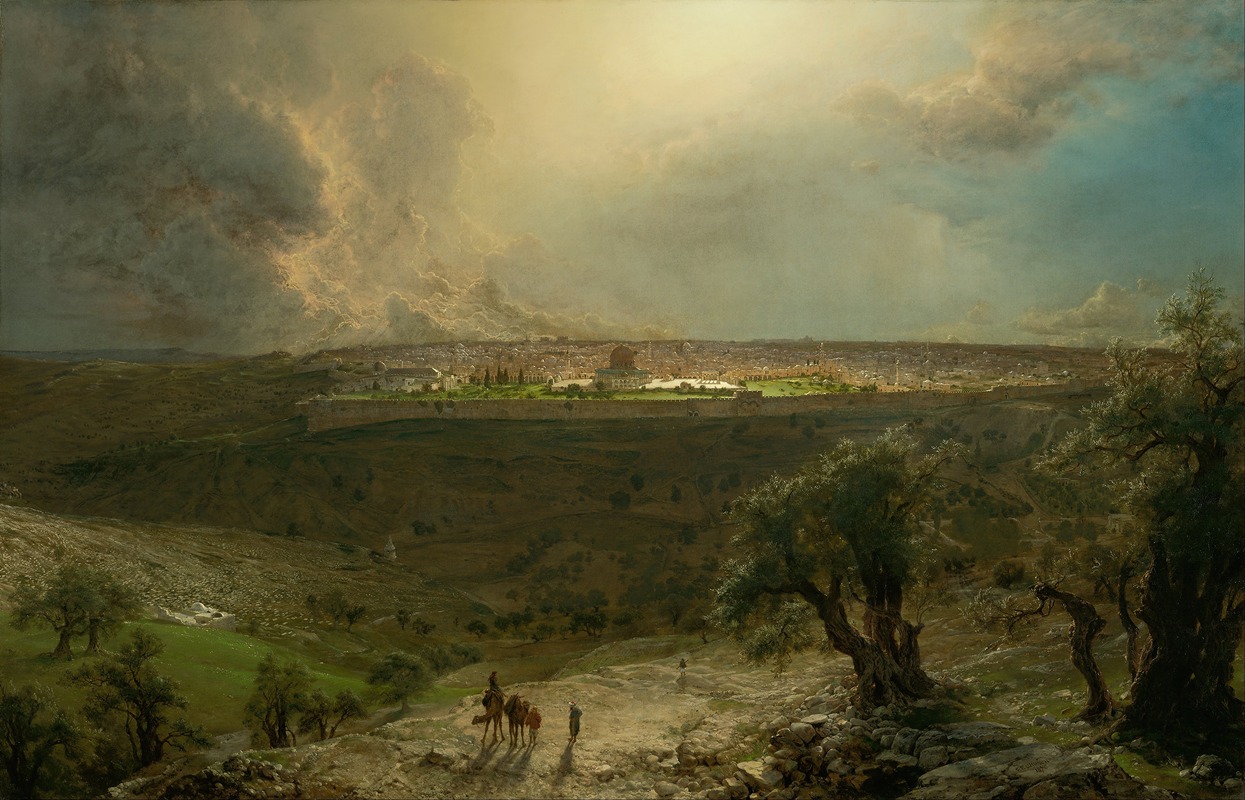
Jerusalem from the Mount of Olives
A hand-painted replica of Frederic Edwin Church’s masterpiece Jerusalem from the Mount of Olives, meticulously crafted by professional artists to capture the true essence of the original. Each piece is created with museum-quality canvas and rare mineral pigments, carefully painted by experienced artists with delicate brushstrokes and rich, layered colors to perfectly recreate the texture of the original artwork. Unlike machine-printed reproductions, this hand-painted version brings the painting to life, infused with the artist’s emotions and skill in every stroke. Whether for personal collection or home decoration, it instantly elevates the artistic atmosphere of any space.
"Jerusalem from the Mount of Olives" is a painting created by the American landscape artist Frederic Edwin Church in 1870. Church was a central figure in the Hudson River School, a mid-19th century American art movement known for its detailed, romantic portrayals of the American landscape and wilderness. This particular painting, however, diverges from his usual American subjects and instead captures a significant biblical and historical site.
The painting depicts a panoramic view of Jerusalem as seen from the Mount of Olives, a ridge east of the city that holds religious significance for Judaism, Christianity, and Islam. The Mount of Olives is traditionally associated with several key events in the life of Jesus Christ, making it a site of pilgrimage and reverence.
Church's "Jerusalem from the Mount of Olives" is notable for its meticulous attention to detail and its dramatic use of light and shadow, which are characteristic of his work. The painting captures the city of Jerusalem bathed in a golden light, with the Dome of the Rock prominently visible. The composition is carefully structured to lead the viewer's eye from the foreground, across the valley, and up to the city itself, emphasizing the grandeur and spiritual significance of the location.
Frederic Edwin Church was known for his extensive travels, and his journey to the Middle East in 1868-1869 provided him with the inspiration and material for this painting. His travels were part of a broader trend among artists and intellectuals of the time who sought to explore and document the Holy Land. Church's sketches and studies from this trip informed the final composition of "Jerusalem from the Mount of Olives."
The painting reflects Church's interest in the interplay between natural beauty and human history. By choosing to depict Jerusalem from the Mount of Olives, he not only highlights the city's religious and historical importance but also its enduring presence in the landscape. The work is imbued with a sense of reverence and awe, capturing both the physical and spiritual majesty of the scene.
"Jerusalem from the Mount of Olives" was well-received in its time and remains an important work in Church's oeuvre. It exemplifies his skill in rendering landscapes with both technical precision and emotional depth. The painting is currently housed in the Nelson-Atkins Museum of Art in Kansas City, Missouri, where it continues to be appreciated by visitors and scholars alike.
In summary, "Jerusalem from the Mount of Olives" by Frederic Edwin Church is a masterful representation of a historically and spiritually significant site, rendered with the artist's characteristic attention to detail and dramatic use of light. It stands as a testament to Church's ability to convey the profound beauty and historical resonance of the landscapes he depicted.





